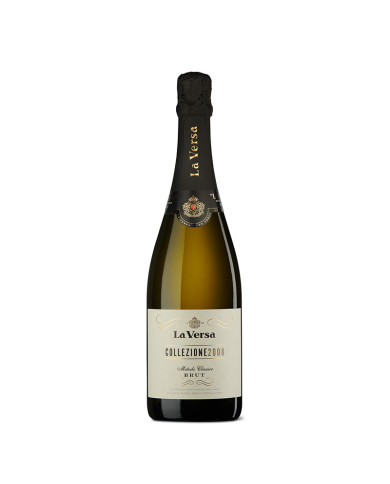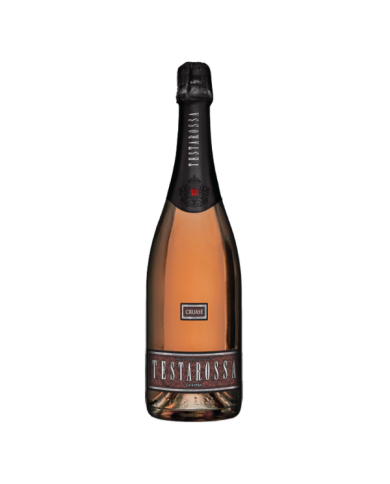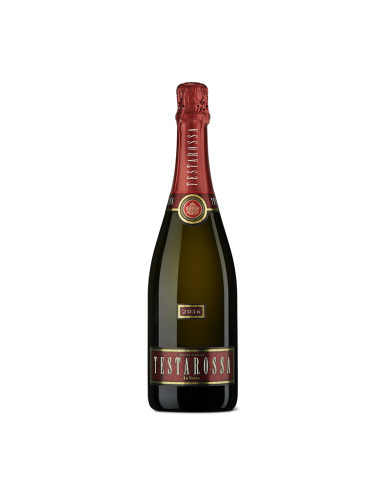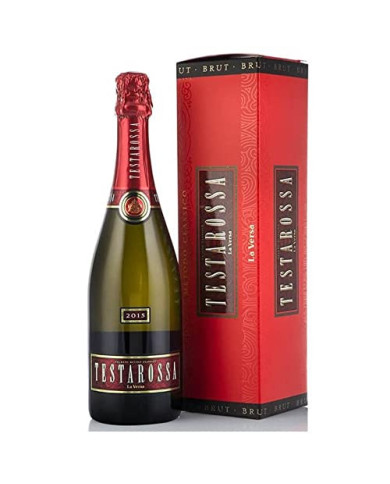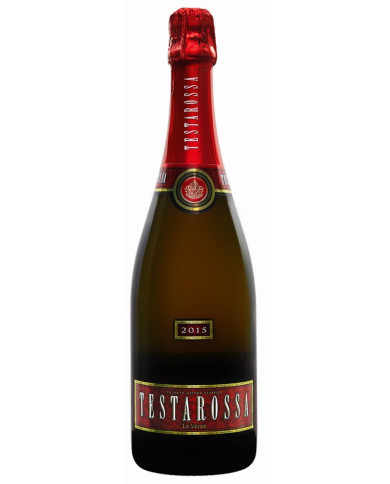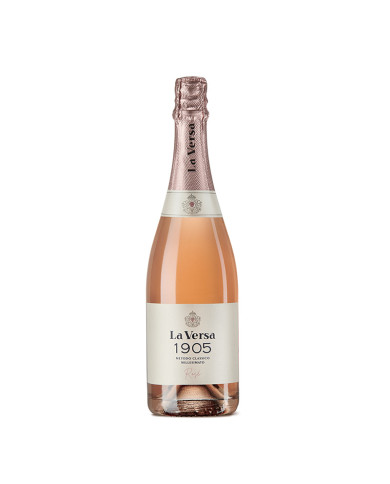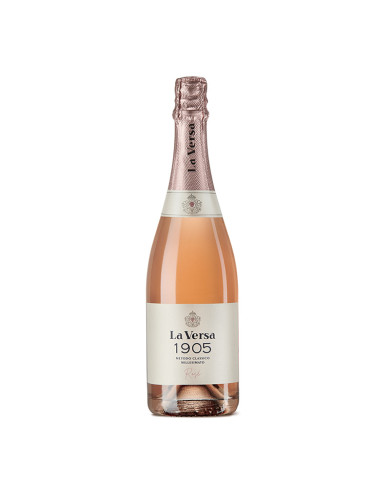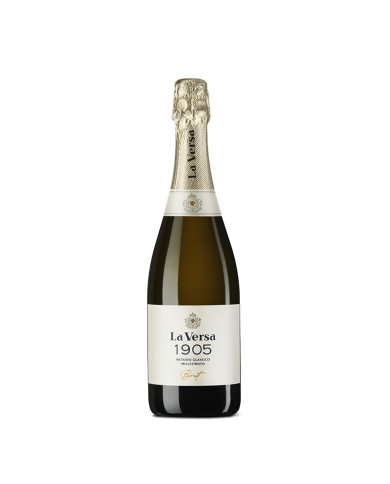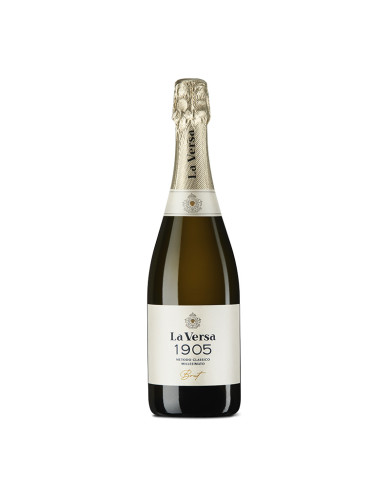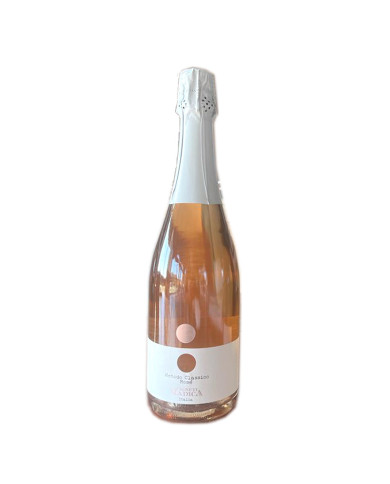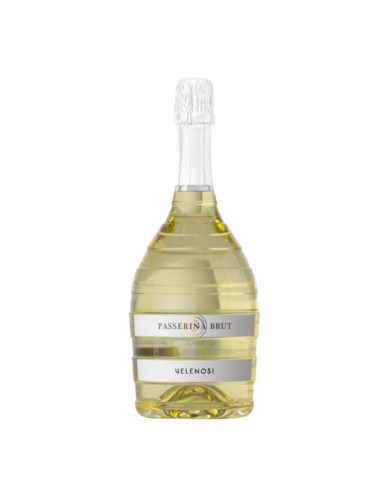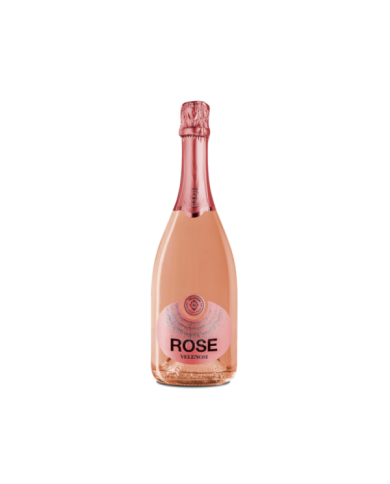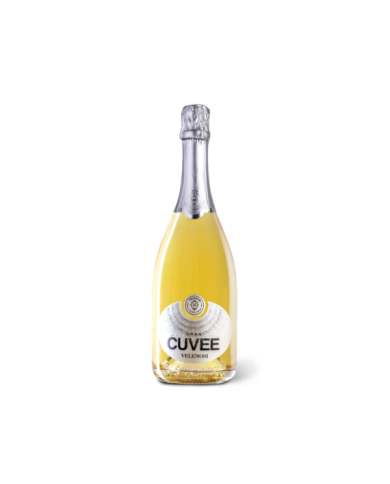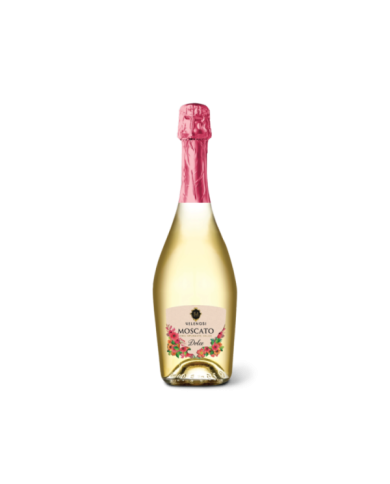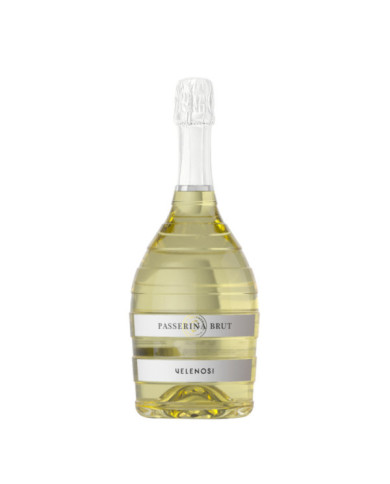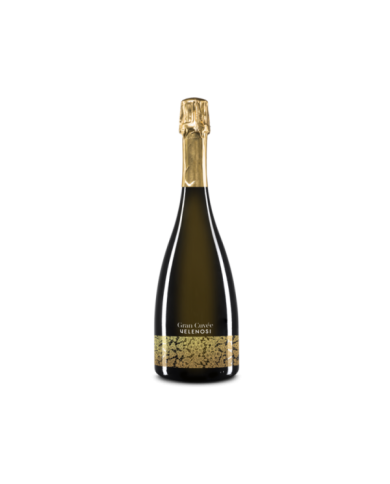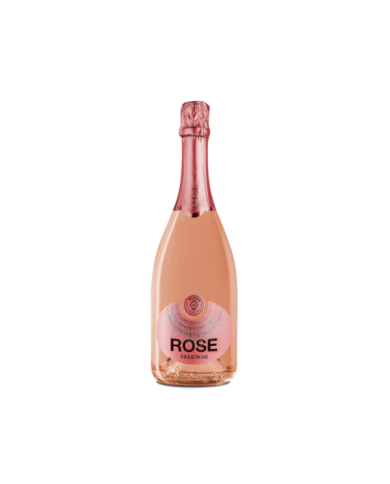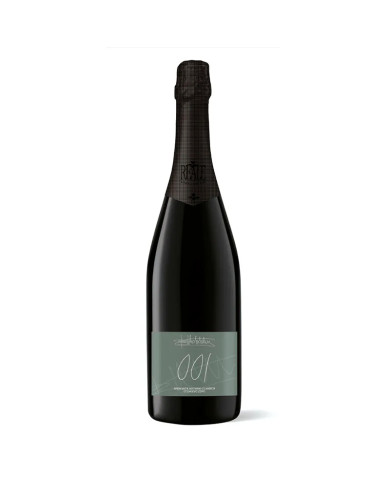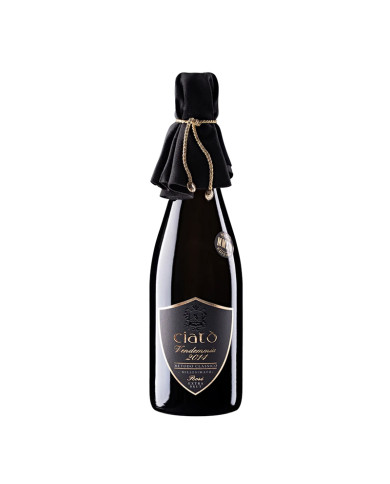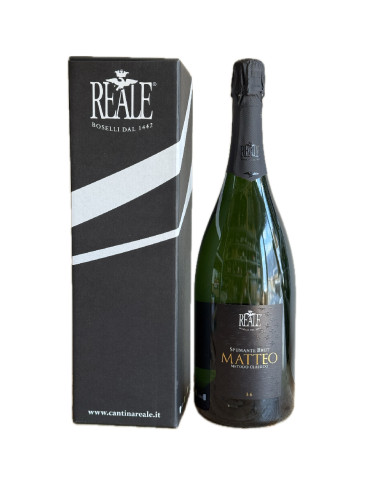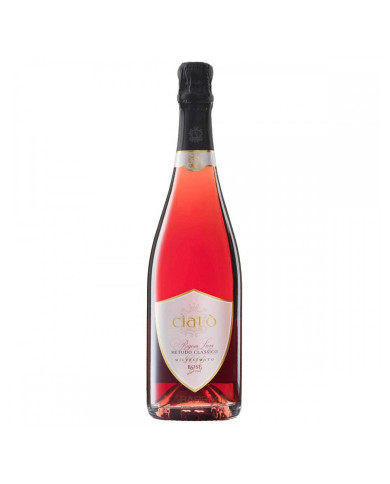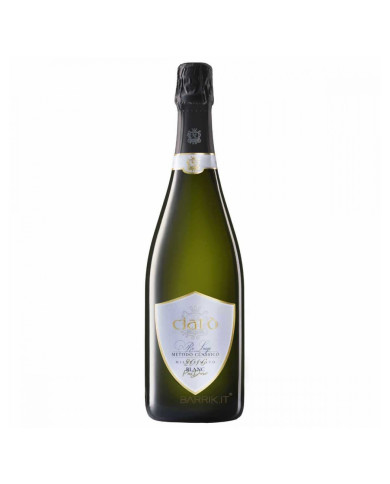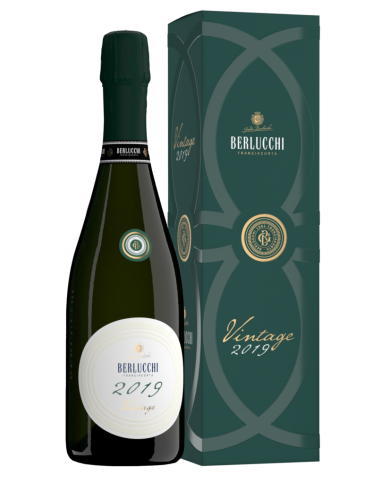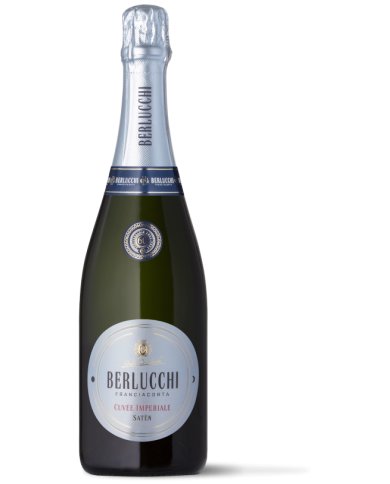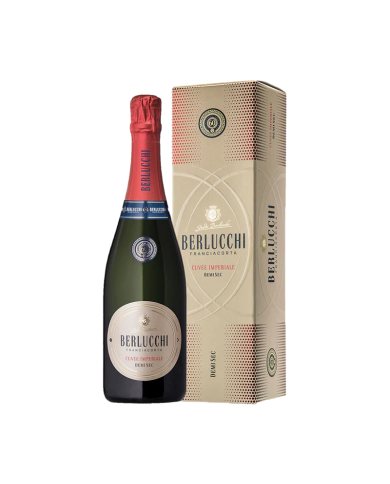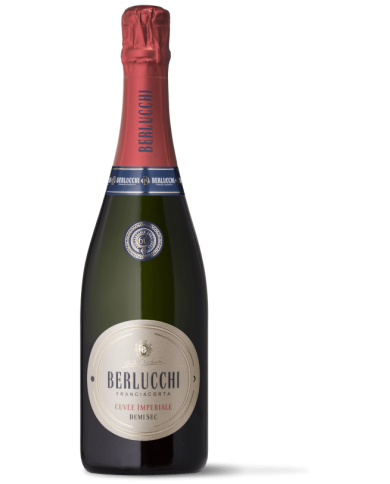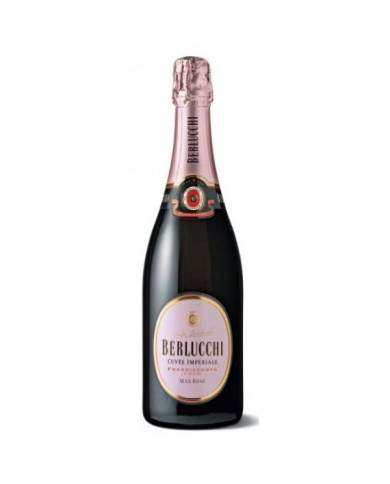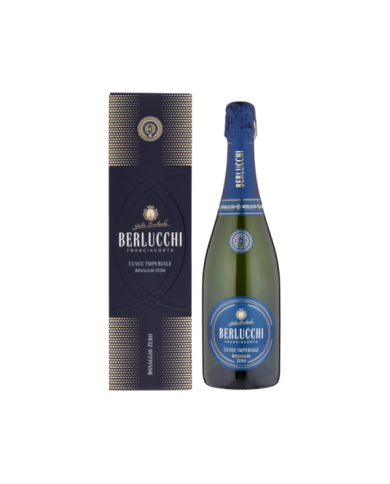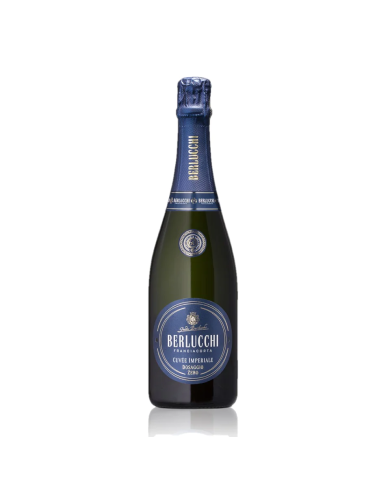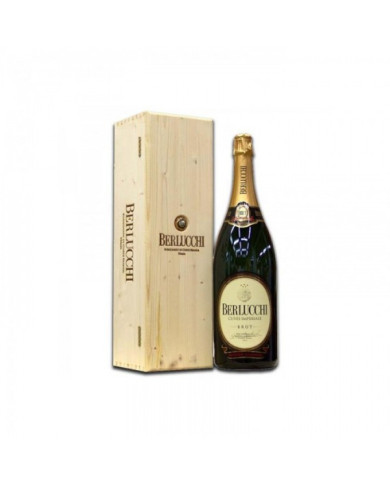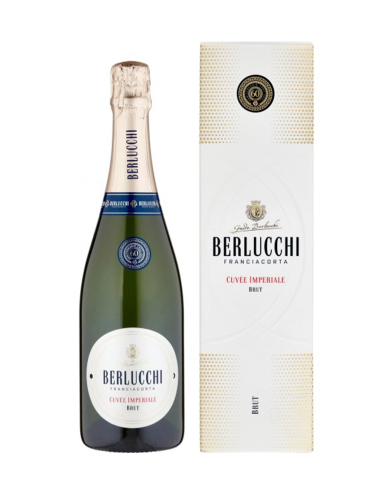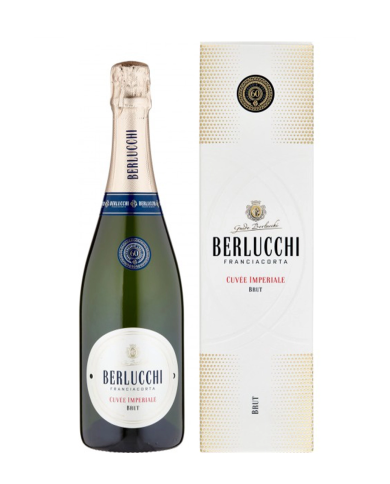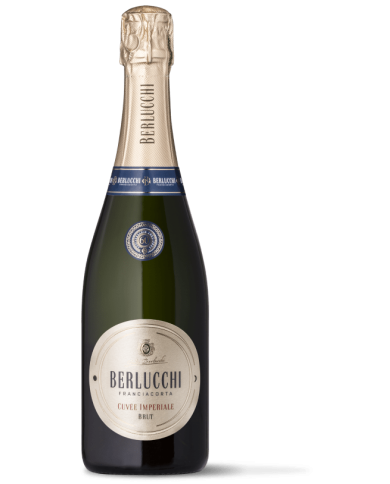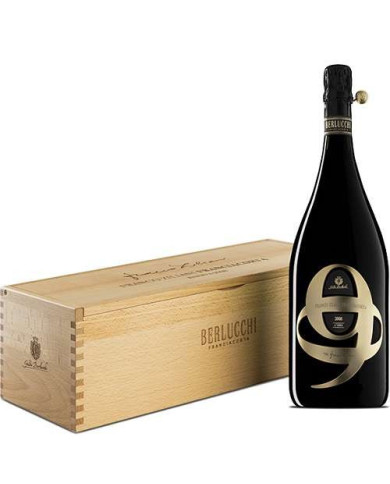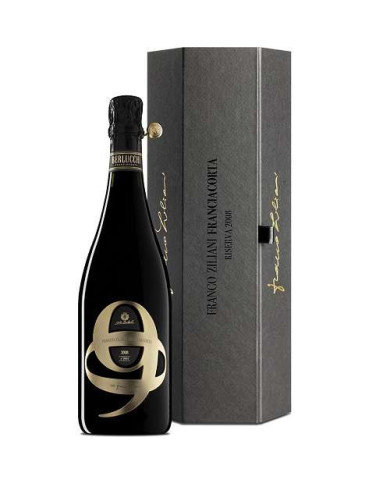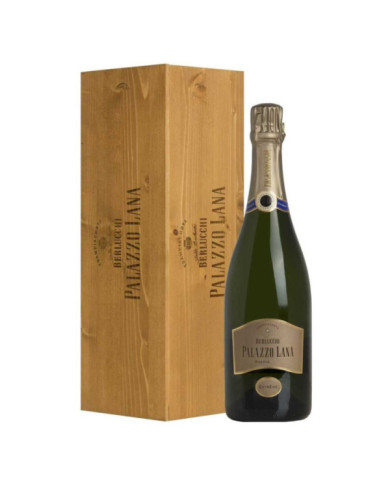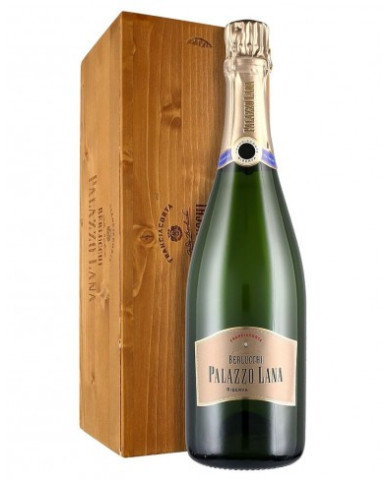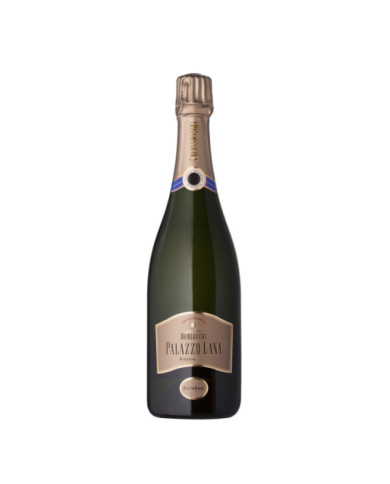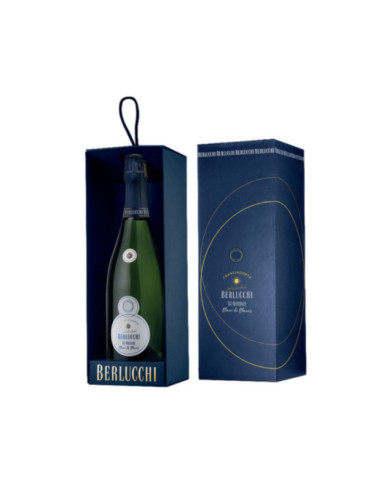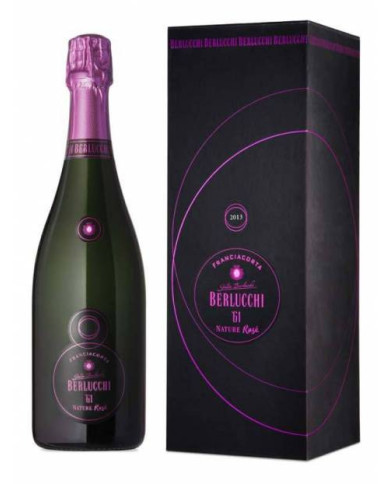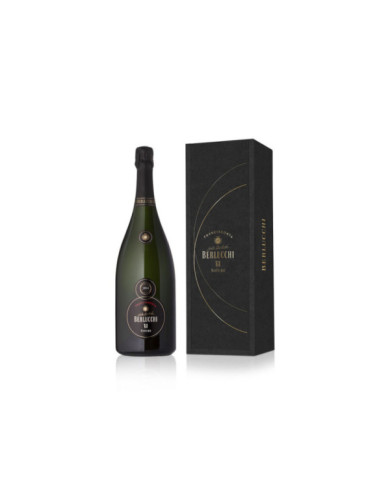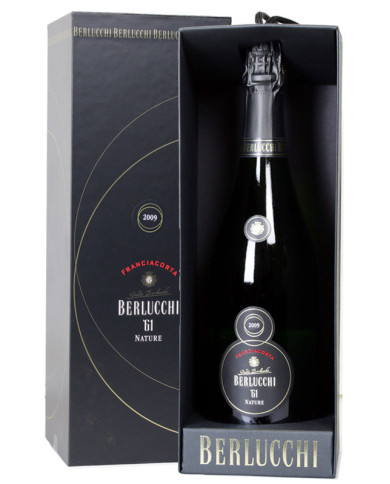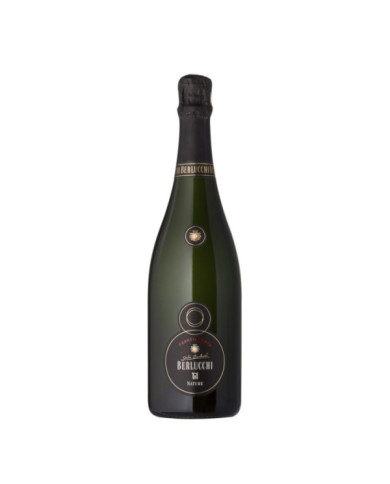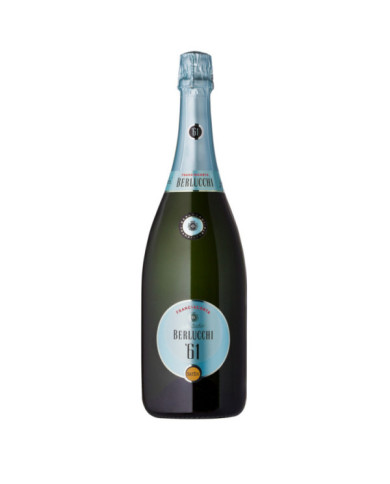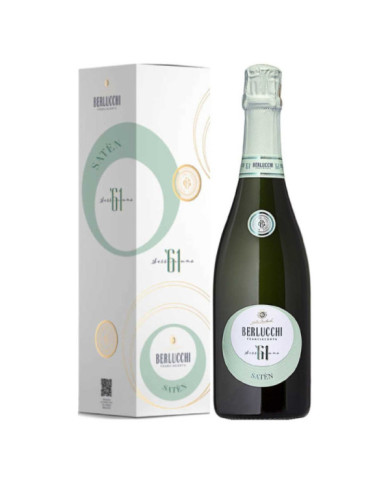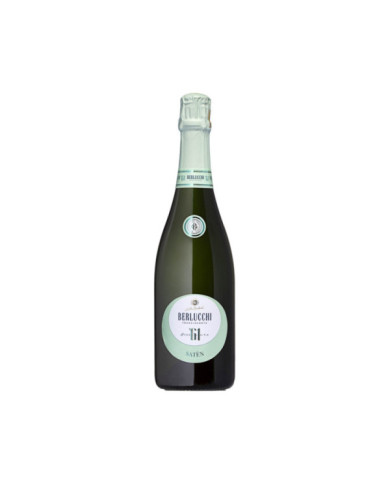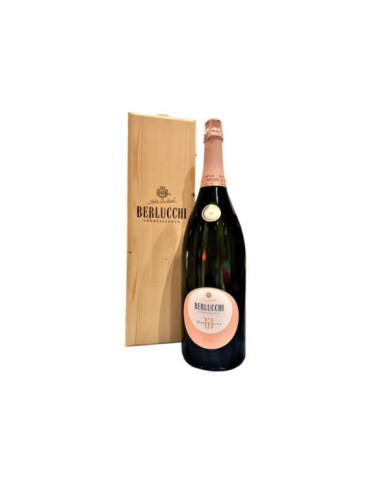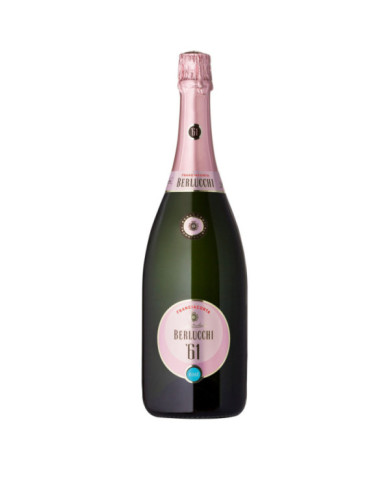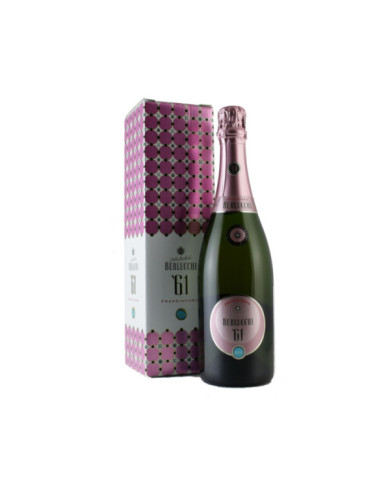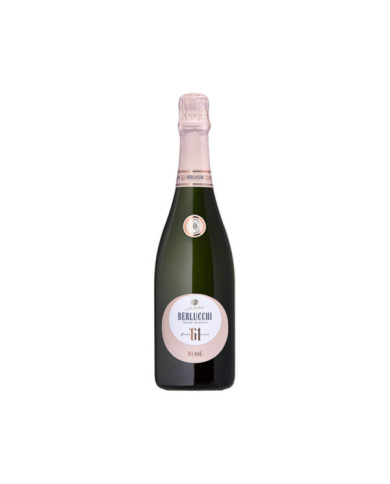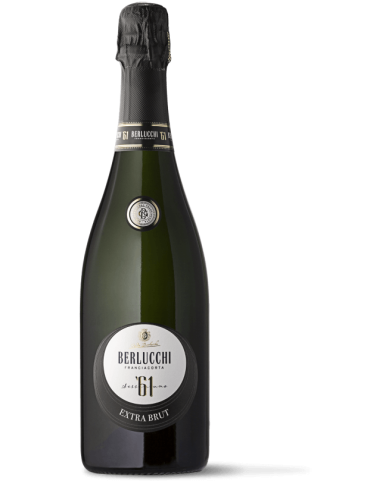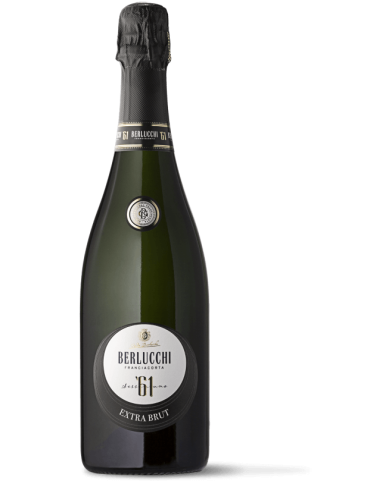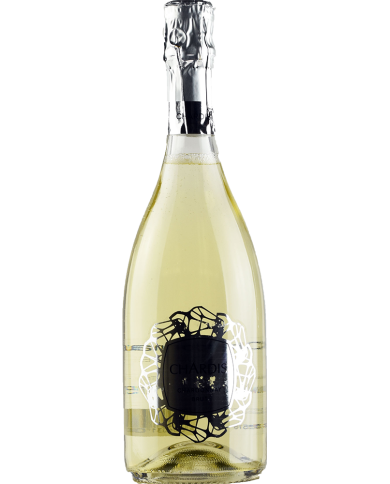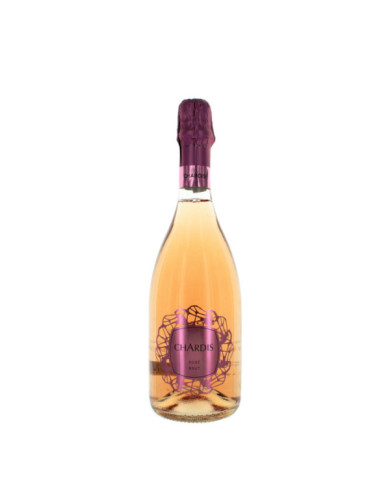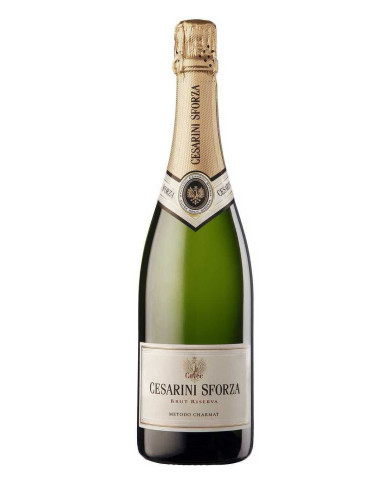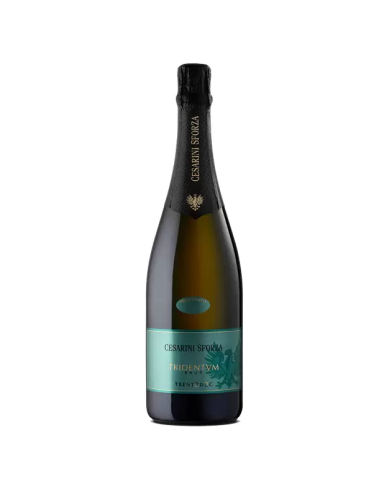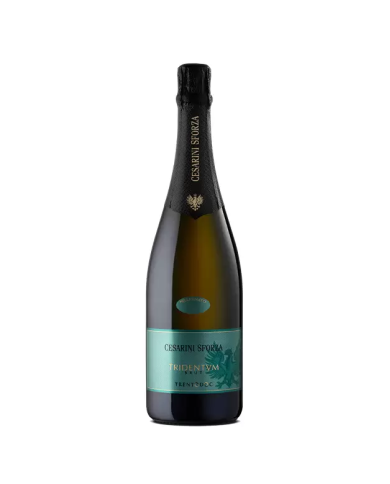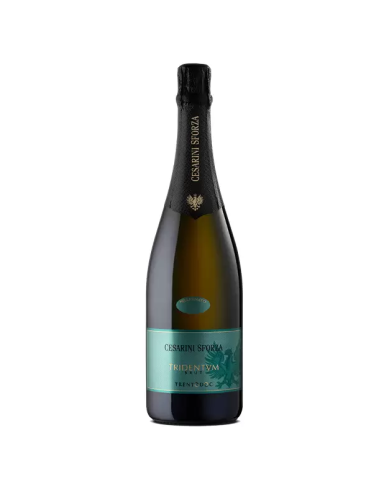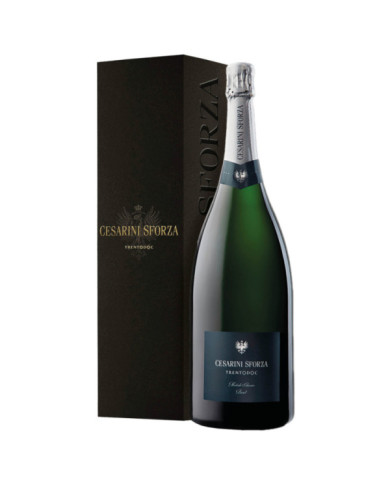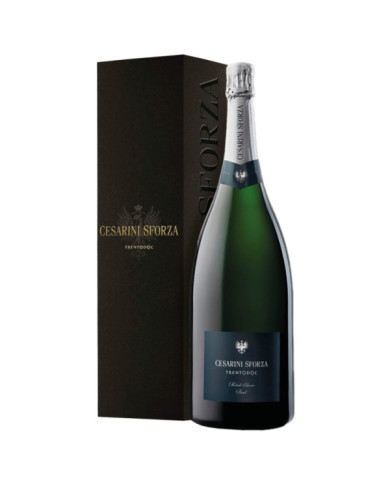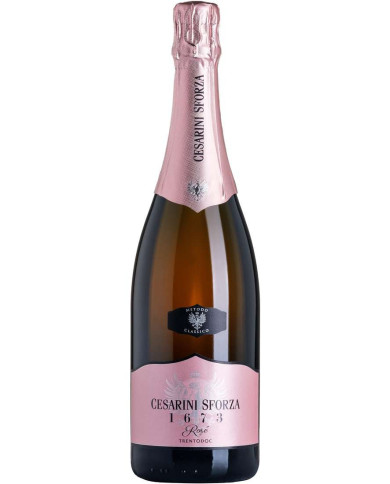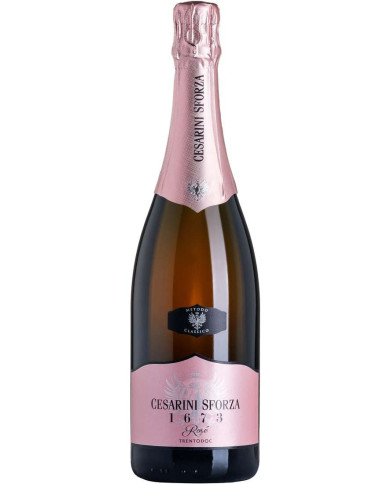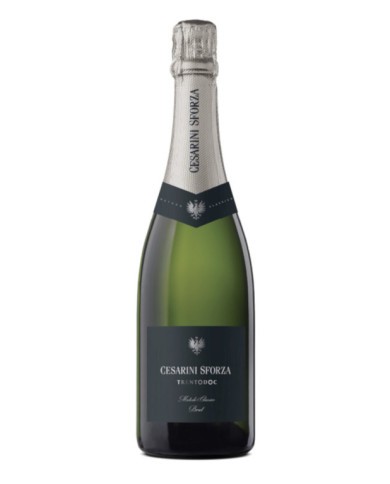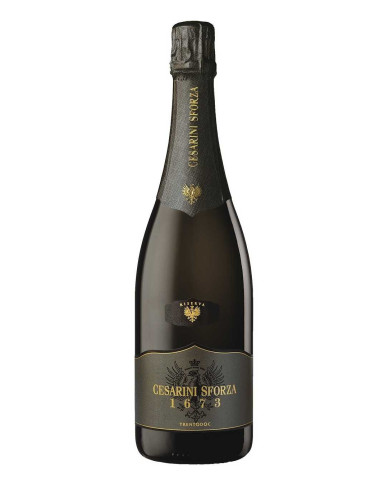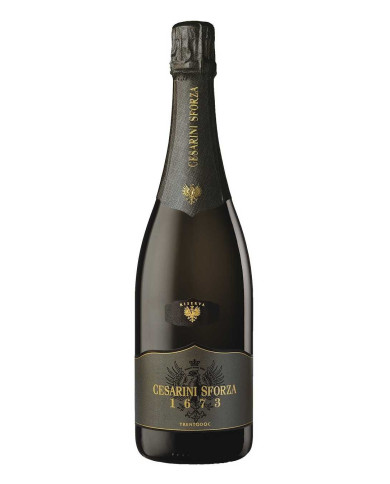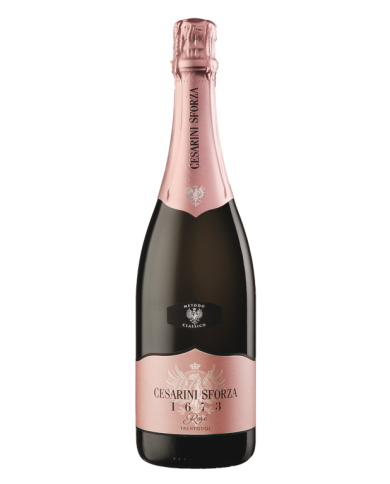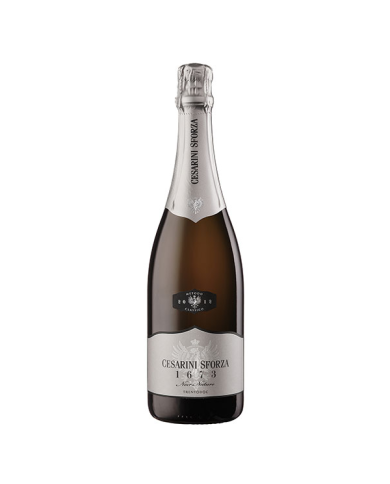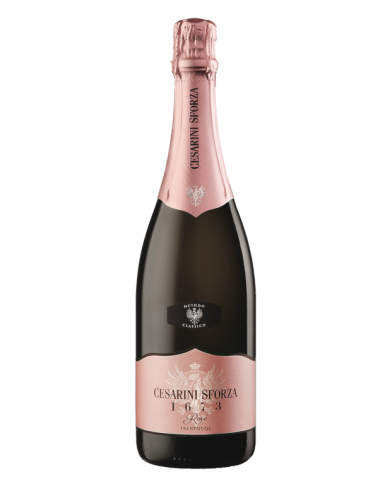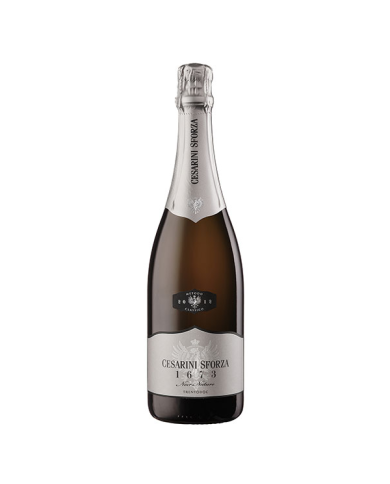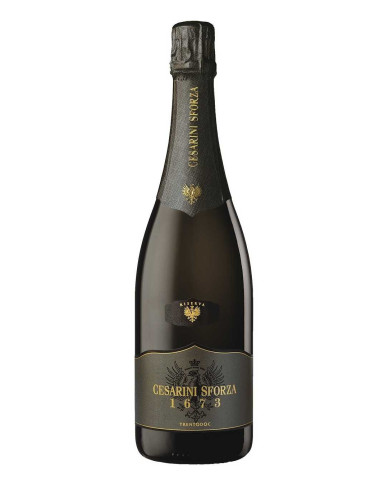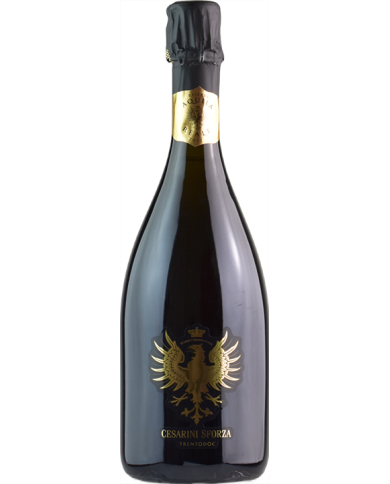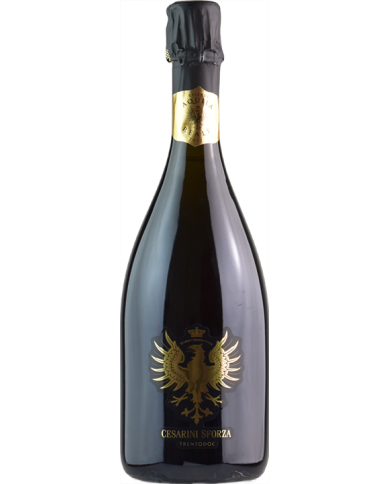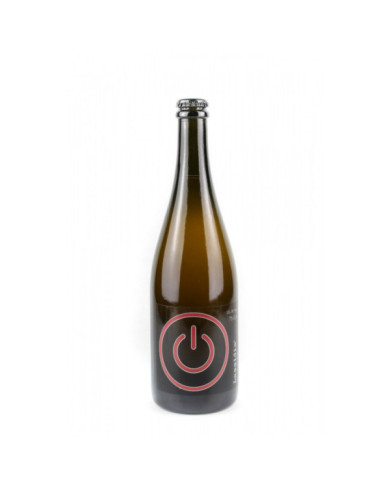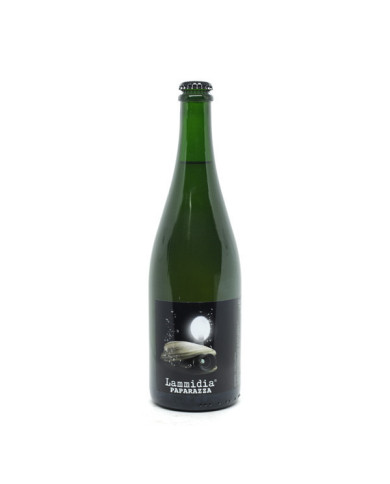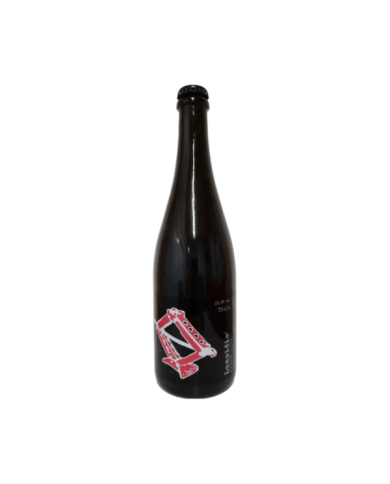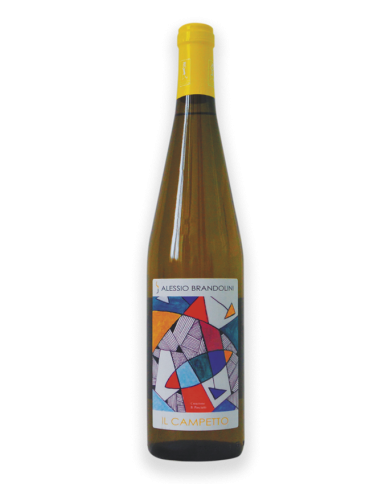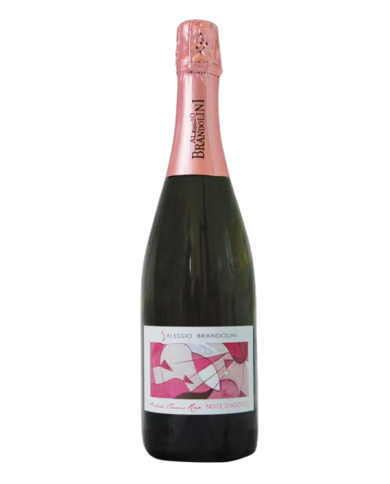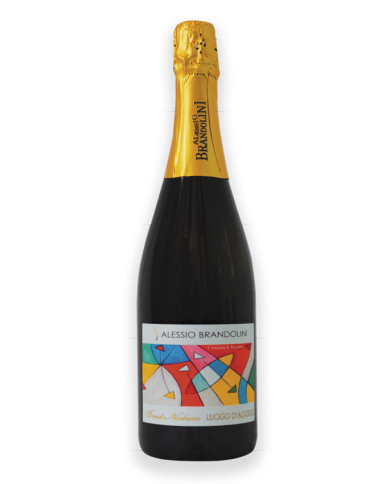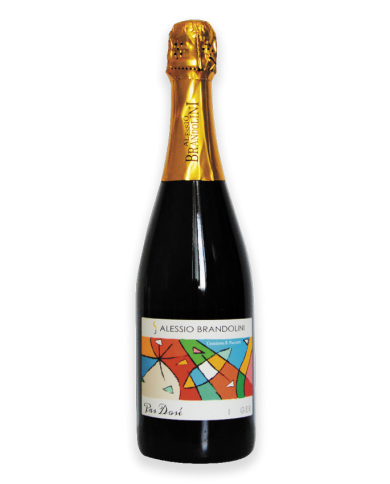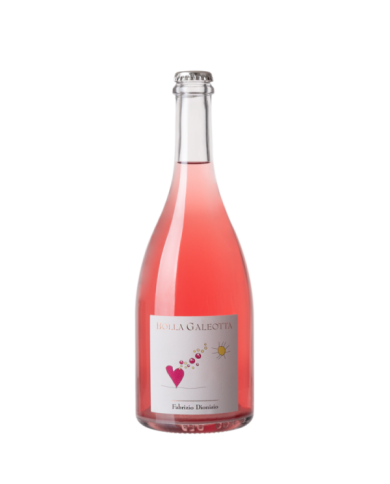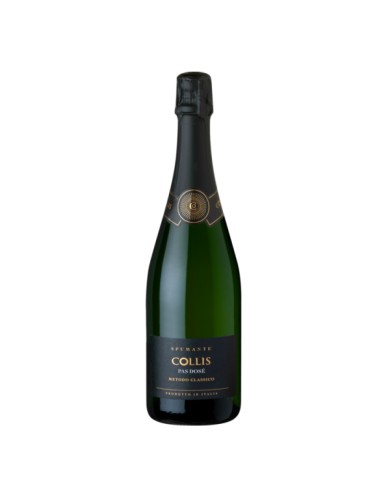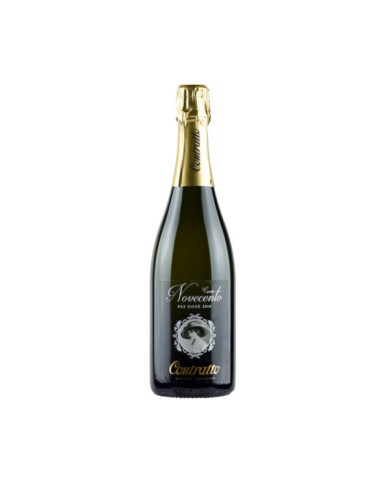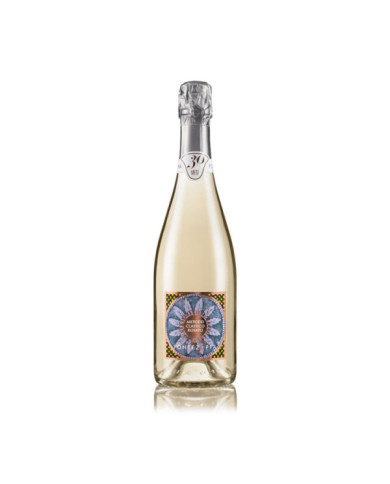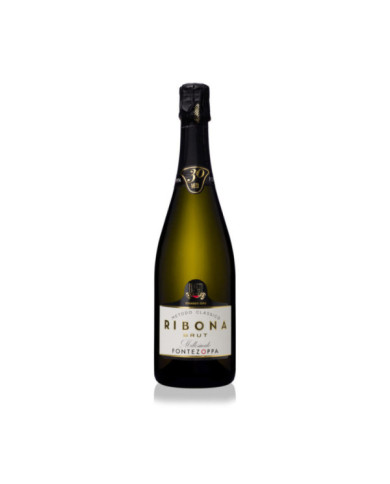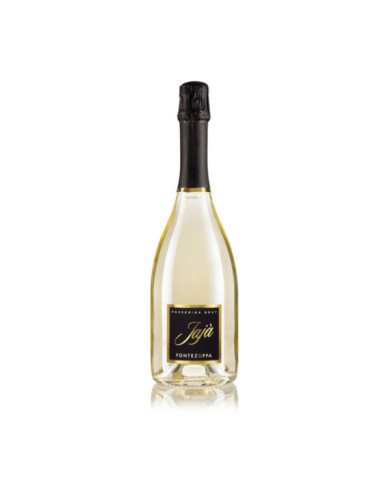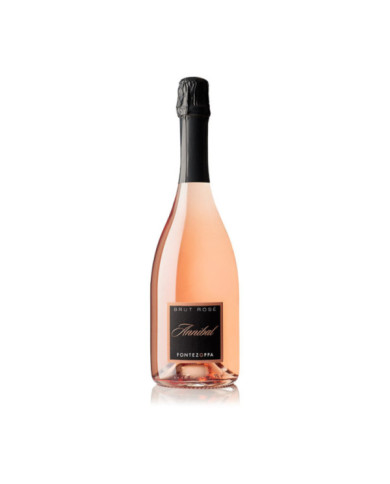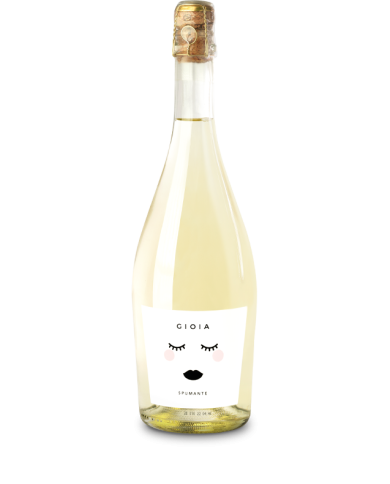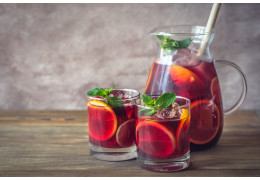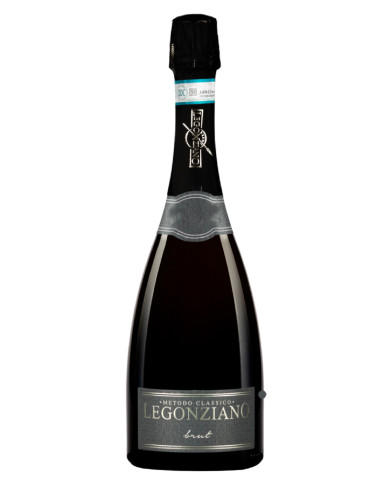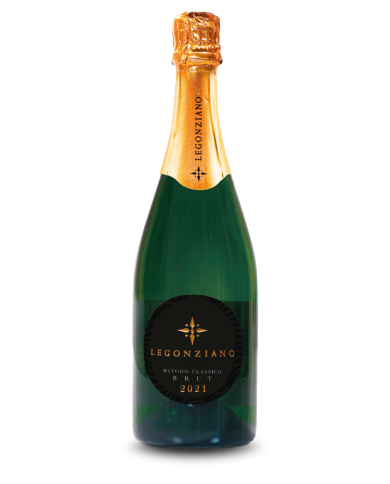100% Pinot Nero. Dopo la diraspatura viene fatta una leggera macerazione sulle bucce, seguono la pressatura soffice e la fermentazione a temperatura controllata.
Le uve vengono sottoposte integre ad una pressatura soffice. La seguente fermentazione avviene in serbatoi di acciaio a temperatura controllata, segue un periodo di affinamento caratterizzato da frequenti bĂątonnage.
Giallo luminoso con riflessi argentati. Perlage fine e persistente. Intense ed eleganti nuance di frutta bianca e cedro con finissime note floreali e fragranti del fiore dâacacia. Freschezza e sapiditĂ in grande evidenza. Intensi profumi di fiori bianchi, delicate note di pomacee, vivaci sensazioni agrumate, piacevolmente contrastate dalla morbidezza e dallo stuzzicante petillant. Ottima persistenza con gradevole corrispondenza gusto-olfattiva.
Giallo paglierino con evidenti riflessi dorati, brillante, dal pĂšrlage a grana fine e persistente. Intenso, fine e complesso, con sentori di crosta di pane, ribes bianco ed uva spina, connubio di freschezza e profonditĂ . Morbido, dalla spiccata vena sapida. Le note fresche e fruttate, dal gusto ricco e suadente, accompagnate dal fine perlage, contribuiscono a definire il suo carattere di grande complessitĂ e persistenza gusto olfattiva.
Zona di produzione Vigneti di proprietĂ situati nei Comuni di Ascoli Piceno Vitigno Pinot Nero 90%; Chardonnay 10% Grado alcolico 12.5% VOL
It is an excellent wine obtained from the early harvest of Chardonnay and Pinot Nero grapes.
At the end of the natural fermentation in the bottle (36 months) we obtain an elegant wine with a fine perlage, a yellow color with golden reflections, a delicate, characteristic, fruity aroma, a savory, soft, full flavor.
Recommended with: capunsĂši, risotto, pumpkin tortelli, fish and shellfish, white meats and semi-aged cheeses.
Pur utilizzando solo uve âNero di Troiaâ, Luigi Nota realizza un bianco spumante âMetodo Classicoâ e un rosĂ©, sempre metodo classico, di assoluta eccellenza, il âRegina Luciaâ. Lâazienda, dunque, copre una nicchia produttiva innovativa e dâeccellenza, ma Ă© molto legata al territorio. A partire dalla piccola vigna del nonno, Luigi Nota ha appreso il mestiere di vignaiolo dal padre Vincenzo e negli ultimi anni si Ăš fatto promotore di un ritorno alla terra della famiglia a partire dal 2013.
Pur utilizzando solo uve âNero di Troiaâ, Luigi Nota realizza un bianco spumante âMetodo Classicoâ e un rosĂ©, sempre metodo classico, di assoluta eccellenza, il âRegina Luciaâ.
Ideal for accompanying toasts at dessert, it expresses all its talent with pastries, leavened desserts, fruit or jam tarts, fruit salads.
We dedicate the Cuvée Franco Ziliani Franciacorta 2008 to you, dad. It was you who insisted that the first bottle be called "Pinot di Franciacorta", that that wine was inextricably linked to its territory starting from the name. And right in the name now you and Franciacorta are one in this Cuvée. We include here the best Chardonnay from the Arzelle vineyard in the 2008 vintage, aged in the bottle for eleven years because it is in the long refinement that the most excellent quality is expressed, without dosage, so that only the essence of Franciacorta stands out.
For those looking for a great classic, here is a wine recommended both as an aperitif and throughout the meal. He knows how to enhance, without ever overpowering them, the flavors of dishes, whether they are based on rice and pasta rather than white meats or fresh and medium-aged cheeses. It goes excellently with some typical dishes of Franciacorta, from casoncelli (stuffed ravioli) to lake fish (perch and char).
The Chardonnay grapes intended for the production of this refined Trentodoc are grown in the suitable vineyard hills overlooking the Trentino capital. The Classic Method applied on this precious base forges a harmonious, elegant and complex sparkling wine, with an unmistakable style. Cesarini Sforza Brut is vinified in steel and, after the draft, maturation begins on the yeasts for 24 months.
Greenish yellow in color, the nose is floral, with hints of white flowers and white pulp fruit. In the mouth it is quite soft, with good acidity and freshness.
Sale of Sparkling Wines: how to choose the best and best match it
Sparkling wine is a wine with a festive and sparkling character, ideal to accompany moments of celebration and conviviality. In Italy, the production of Sparkling Wines is very varied and includes a vast range of varieties, from Prosecco to Champagne, passing through Franciacorta and Trento DOC .
In this article, we will guide you in discovering the world of Sparkling Wines, with advice for choosing the right wine based on your preferences and occasions, food pairings and tasting suggestions.
How are sparkling wines produced?
Sparkling wines are produced through a fermentation process which allows the production of bubbles inside the wine. There are two main methods for producing Sparkling Wines: the Classic Method and the Charmat Method.
Each Spumante has its own production method, which influences both its flavor and the final price. The main production methods are the Classic Method, the Charmat Method and the Martinotti Method.
The Classic Method is the most expensive and artisanal method, used to produce high quality sparkling wines such as Champagne. In this method, the second fermentation takes place in the bottle, with the yeast settling to the bottom of the bottle and being removed via the disgorgement process. This process takes a lot of time and attention, which is reflected in the final price of the product.
The Charmat Method is used to produce lighter and fruitier sparkling wines. In this method, the second fermentation takes place in large stainless steel tanks, where the wine is kept under pressure to create the carbonation. After fermentation, the wine is filtered and bottled.
The Martinotti Method , also known as the Italian Method or Tank Method, is a modern method used to produce high quality sparkling wines such as Prosecco. In this method, the second fermentation takes place in large stainless steel tanks, where the wine is kept under pressure to create the carbonation. After fermentation, the wine is filtered and bottled.
In addition to the production method, the type of grape used also affects the flavor and the final price of the sparkling wine. The main types of grapes used for the production of sparkling wines are Chardonnay, Pinot Noir and Glera.
Chardonnay is a white raisin used to make high quality sparkling wines such as Champagne. It has a fruity flavor and a buttery note.
Pinot Noir is a black raisin used to make high quality sparkling wines such as rosé Champagne. It has an intense and complex flavour, with notes of wild berries and spices.
Glera is a white raisin used to produce Prosecco. It has a fresh and fruity flavour, with notes of green apple and pear.
Bottom line, the choice of sparkling wine comes down to your personal taste and the occasion you're drinking it. Sparkling wines are a great choice for parties and celebrations, but they can also be enjoyed as an aperitif or as an accompaniment to a light meal. With the vast array of sparkling wines available on the market, there is sure to be one to suit every taste and budget.

